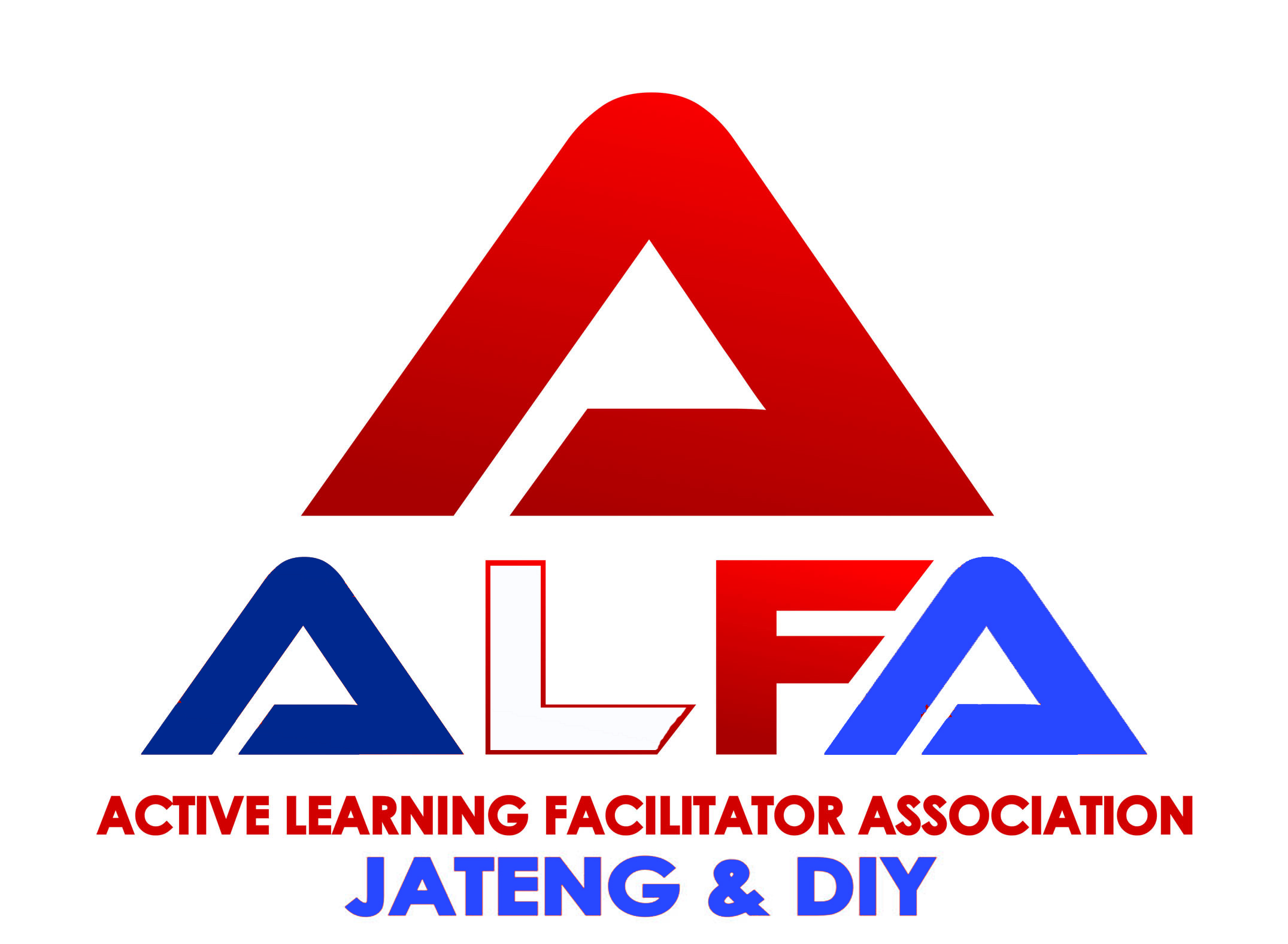Analysis The Use of Schoology E-Learning Towards Students’ Learning Motivation Enhancement in STKIP Surya
Abstract
The purpose of this research is to analyze the use of schoology e-learning as one of the supporting media towards students’ learning motivation enhancement and students’ opinion about the use of schoology e-learning. This research uses the qualitative descriptive as methods. Sampling was done with non-random sampling of 30 students from the STKIP Surya. Data were collected using a questionnaire, observation sheet, interview, and documentation which were analyzed descriptively. Data collected as much as twice to get more accurate result. The first data set is used to provide with a temporary conclusion, verification data conducted in the second data collecting. If data obtained on both have conformity, it can be made into final conclusion. The study uses blended learning model that integrates between traditional face to face instruction and e-learning. The result of the study found that: 1) Percentage of Likert Scale overall from the first and second data collection result got the same category i.e 77.30% and 79.05% with very high category which means the students were motivated using schoology e-learning, 2) The result of observation sheet in the first and the second data collecting got the same result that most student were happy to learn using schoology e-learning,3) The result of interview between the two were the same that means most students were motivated by learning using schoology e-learning because of its easyness, friendly look, and challenging way of doing the task.
Keywords: schoology e-learning, descriptive qualitative method, blended learning, students’ learning motivation
Full Text:
PDFReferences
Anonim. https://www.schoology.com/home.php, accessed on October 10, 2014 at 07.30 p.m
Anderson & Krathwohl Anderson, L.W., & Krathwohl D.R. (2001). A Taxonomy for Learning, Teaching, and Assessing: A Revision of Bloom’s Taxonomy of Educational Objectives. New York: Longman.
Alwasilah, A.C., (2008). Pokoknya Kualitatif [Qualitative Basics]. Jakarta. PT Dunia Pustaka Jaya
B. J. Bonk and C. R. Graham. (2005). Handbook of Blended Learning: Global Perspectives, Local Designs. San Francisco, CA: Pfeiffer Publishing, San Francisco, CA, 2005).
Creswell, J.W., (2010). Reseach Design. Yogyakarta. Pustaka Pelajar
Emzir. (2010). Metode Penelitian Kualitatif (Analisis Data)[Qualitative Research Methodes: Data Analysis] .Jakarta. PT. Rajagrafindo Persada
Heinich, R., Molenda, M., Russell, J. D., & Smaldino, S. E. (2001). Instructional Media and Technologies for Learning (7th ed.). Englewood Cliffs: Prentice-Hall.
Kintu, M. J., Zhu, C., & Kagambe, E.
(2017). blended learning effectiveness: the relationship between student characteristics, design features and outcomes. Available from: https://educationaltechnologyjournal.springeropen.com/articles/10.1186/s41239-017-0043-
Miles, M.B., & Huberman, A. M.
(1994). Qualitative data analysis: An expanded sourcebook. Thousand Oaks: Sage Publications.
Mulyasa, E. (2005). Implementasi Kurikulum 2004[Implementation of Curriculum 2004]. Bandung: PT Remaja Rosdakarya
Fatimah, N. (2013). Penelitian Deskriptif [Descriptive Research]. http://nurfatimahdaulay18.blogspot.com/, accessed on October 06, 2014 at 10.15 a.m
Putri, M.A.N., Jampel, N., Suartama, I.K. (2014). Pengembangan E-Learning Berbasis Schoology Pada Mata Pelajaran Ipa Kelas VIII Di Smp Negeri 1 Seririt [Implementation Schoology e-learning on the 8thscience class in SMPN 1 Seririt] . Edutech journal. Education Technology of Gamesha Education University, 2 (1).
Riduwan. (2007). Skala Pengukuran Variabel-Variabel Penelitian [Measurements Scale of Research Variables]. Bandung. Alfabeta
Sagala, S. (2005). Konsep dan Makna Pembelajaran Untuk Membantu Memecahkan Problematika Belajar Dan Mengajar [Concepts and Meaning of Learning To Solve Learning and Teaching Problematics]. Bandung : Alfabeta
Sugiyono. (2006). Metode Penelitian Kualitatif dan Kuantitatif [Qualitative and Quantitative Research Methods]. Bandung: Alfabeta
Sutopo, H.B. (2006). Metodologi Penelitian Kualitatif [Qualitative Research Methodology]. Surakarta: Penerbit Universitas Sebelas Maret
Syaefudin. S, Udin. (2009). Inovasi Pendidikan[Educational Innovation]. Bandung :Alfabeta
Yendry, D. Blended learning: Model pembelajaran kombinasi E-learning dalam pendidikan jarak jauh [The combined learning model of E-learning in distance education]. http://fti.unand.ac.id/images/BlendedLearning.pdf , Accessed on October 06, 2014 at 11.00 a.m
DOI: https://doi.org/10.31002/ijose.v2i1.614
Refbacks
- There are currently no refbacks.
Copyright (c) 2018








